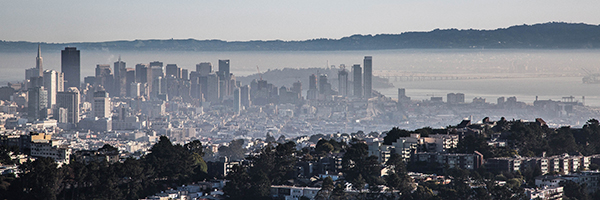While driving and listening to Public Radio, I heard that February 2020 is Library Lovers’ Month. When I checked about it online, the first thing I saw was a quote from Marcus Tullius Cicero, a Roman philosopher, who lived 106-43 BC. “If you have a garden and a library, you have everything you need”. Anyone who lives in San Francisco has both – Golden Gate Park and the San Francisco Public Library. While Golden Gate Park opened in 1871, the San Francisco Public Library was established in 1878. It was funded by a specially created property tax (now you know where your money goes to fund the budget of close to 130 million).
Turns out that attendance of public libraries is declining. Not by me. I love books and buy them to fill my own library (lately photo-books). But before I buy, I first check the title on Amazon.com, then my first destination is the public library, and only if the title is not available, I buy it. Sometimes if they do not have the book I need in the system at my local West Portal branch, they order it from other branches. A library is also a place where people gather to listen to lectures, work on the computers or just relax with a newspaper. Since I listen to audiobooks while driving, I borrow them from the library. This is also my destination to donate boxes of the books I do not think I will ever have time to read.
But we also have other sources for books like the “Little Free Library”, that are located throughout many areas of San Francisco. In our neighborhood, Monterey Heights, there are four little boxes on a pedestal. I even created a walking routine with Max to visit each of them to check out what is new and to bring some of my books for an exchange. The trend started in 2009 in Hudson, Wisconsin by Todd H. Bol. Nowadays more than 90,000 public book exchanges are registered with the organization and they are present in 91 countries. Their purpose is “To inspire a love of reading, build community, and spark creativity by fostering neighborhood back exchanges around the world.” You do not have to travel around the world to find a good book. Just visit one of your neighborhood libraries.
P.S. Max cannot read books, but he likes to visit Little Libraries and to pose for you. And if you want to give someone you love a gift for Valentine’s Day, (or any other event) “42 Encounters with Dog Lovers” could be a perfect idea, check it on Amazon.com.
Enjoy and Share with A Friend!
































